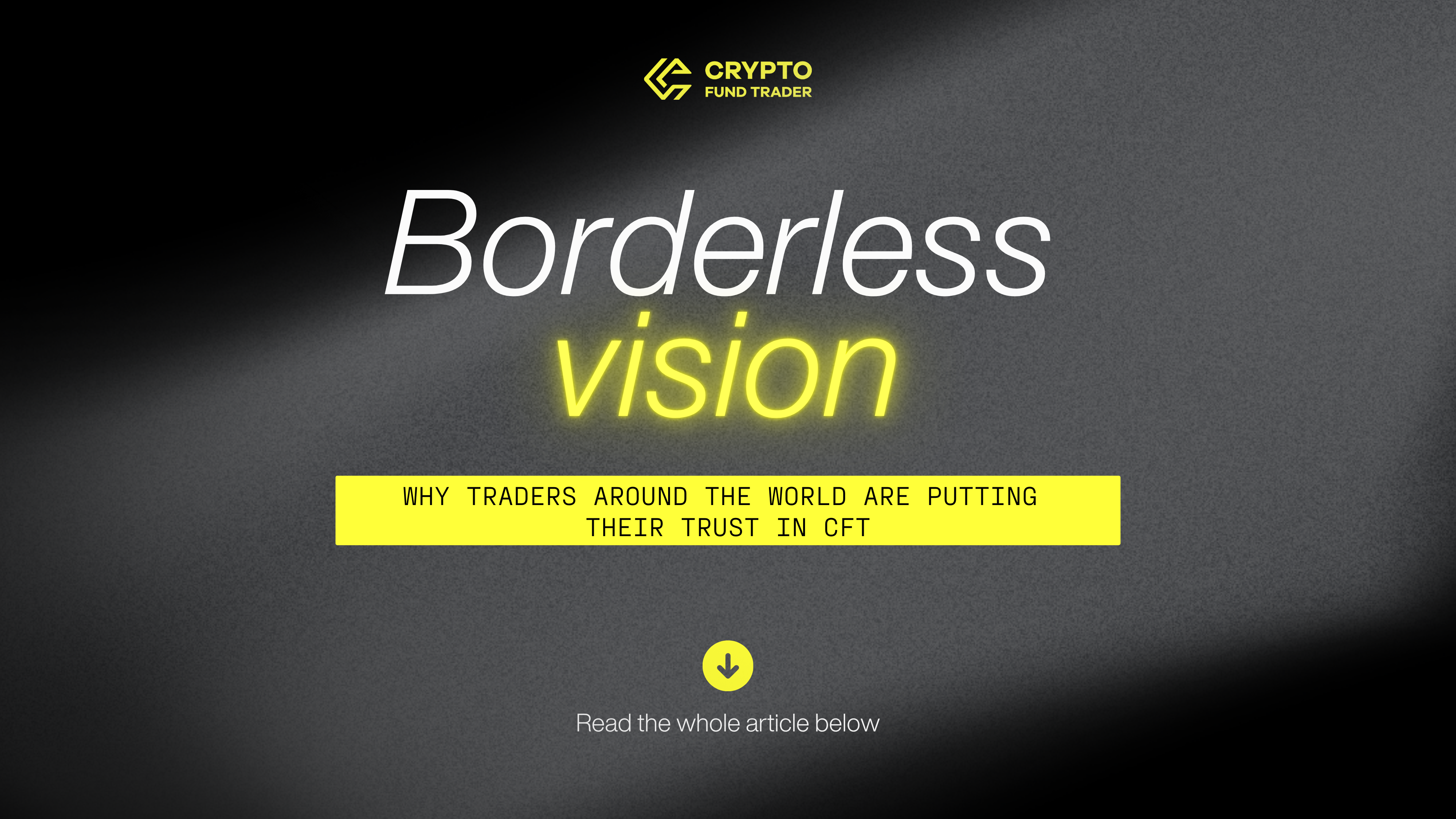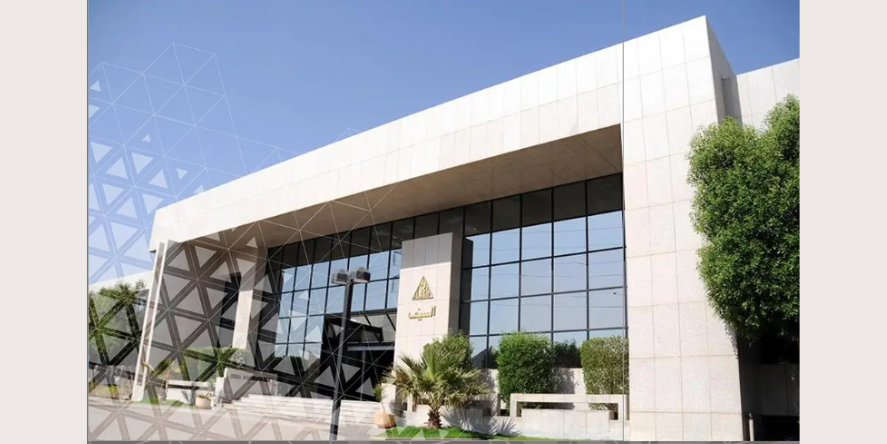Some of the major risk factors that are impeding the growth rate of the global economy are supply chain disruptions, inflation, debt, labor market gaps, protectionism, and educational disparities. Governments across the globe are investing their resources into restoring the pre-pandemic GDP levels, boosting employment, and improving the reserve capital in the treasury.
The ongoing geopolitical tensions is further straining the recovery path of economies across the globe. As per the latest report from the World Economic Forum, by 2024, developing economies (excluding China) will have fallen 5.5 percent below their pre-pandemic expected GDP growth, while some of the advanced economies could surpass 0.9 percent. This would further highlight the global income gap.
The Global Risks Perception Survey (GRPS) report under the Global Risks Report 2022 indicates that the world is facing societal risks in the form of ‘social cohesion erosion’, ‘livelihood crisis’, and ‘mental health deterioration’. Environmental risks are perceived to be the five most critical long-term threats to the world as well as the most potentially damaging to people and the planet. Digital inequality and cybersecurity failure are some of the technology-related risks.
Experts suggest that the pandemic has shrunk the global economy so much that by 2024, the figures are going to be 2.3 percent smaller than what was expected without the devastation of the 2-year pandemic. The report suggests that 51 million more people are projected to live in extreme poverty compared to pre-pandemic conditions. Growing insecurity resulting from economic hardships, intensifying impacts of climate change and political instability are already forcing millions to leave their homes in search of a better future abroad. “Involuntary migration” is a top long-term concern today.
In 2020, over 34 million people were displaced abroad globally due to the conflicts in their region alone. As per reports, in 2022, the United States is witnessing over 11 million general job vacancies while the European Union has reported a deficit of 400,000 drivers in the trucking industry. Migration pressures will also exacerbate international tensions as it is increasingly used as a geopolitical instrument. Several governments will have to manage diplomatic relationships and immigrant skepticism among their populations.

Evaluating Risks and Devising Action Plans
The US entered into a phase of recession when it reported two consecutive quarters of negative Gross Domestic Product (GDP) in the summer of 2022. The inflated cost of living and the rising interest rates from the central agencies is pushing down the growth rate of the economy across the globe. It is being projected as the weakest growth profile since 2001, without considering the pandemic period. Some of the central agencies of developed nations are eager to increase unemployment and slow the economy even further to get a grip on inflation. The global manufacturing sector is witnessing a very leisurely rate of recovery as industrial production continues to report dismal figures.
These are the times when enterprises and organizations across the world are bustling towards plugging all the possible revenue leaks. This is where the financial risk managers come in. They anticipate the oncoming risks, analyze all the best possible solutions and evaluate the situation after the execution. Every individual, organization, and sector has its own set of financial risks and each of these financial risk managers has its own techniques to execute them successfully. Some of these new techniques involve advanced cloud computing, non-traditional data, and machine learning capabilities. The most common strategies observed among financial risk managers are avoidance, reduction, sharing, and retention of risks. Each of these strategies is chosen on the basis of the severity of the risk, the amount of potential loss and gains, and many more. Risk assessments are made on the basis of several methods such as Value at Risk (VaR) analysis, regression analysis, and scenario analysis.
The Global Association of Risk Professionals observes that although the regulatory focus has shifted to climate risk, it still focuses on the traditionally major ones, which are – credit risk, market risk, operational risk, and liquidity risk. The capital and financial markets are constantly challenged by investment risks, security, and gaps in business continuity. The latest hot topic, sustainability, is also grabbing the attention of financial risk managers.
Today, most financial risk managers across the globe prefer software tools that aid in automation, accuracy, relevancy, secure data processing, and real-time recording. The principle of risk management is simply followed as – Greater the consequences of the risk, the more stringent are the controls that should be applied.
Making growth sustainable and risk-averse
Asia has been at the crux of some of the major disruptions in the global economy in the past 5 years and this has revealed some major players in the credit risk market. Since it is traditionally considered as a major risky sector, banks today are segregating the healthy from risky portfolios to reduce the impact of the non-performing assets in the SME sector. Enterprises on the other hand are anticipating lower collateral requirements and lower interest rates.

Vietnam-based Bank for Investment and Development of Vietnam, JSC (BIDV) is considered a pioneer in Vietnam for incorporating the best international practices in credit risk management. The Joint Stock Commercial Bank for Investment and Development of Vietnam (Vietnamese: Ngân hàng Thương mại Cổ phần Đầu tư và Phát triển Việt Nam) is a large state-owned bank in Vietnam. It is the country’s number-one bank in net income and the second-biggest bank by assets.
Winner of the ‘Most Innovative Risk Management Bank of Vietnam’ title from International Business Magazine, BIDV’s risk management model has met the principles of independence and centralization as per the recommendation of the Basel Committee. The bank is approved by the State Bank of Vietnam (SBV) and meets the standards for high-risk-weighted asset management performance. BIDV has improved its risk management capacity by implementing capital adequacy standards and by completing most of the prospective projects.
BIDV has expertise in concentration risk management through certain efficient tools and has even set up a 3 line defense model to manage the market risks. It is well-equipped to manage liquidity risks, interest rate risks in the banking book (IRRBB) legal risks, IT risks – by setting up a special committee for tackling cyber threats, and operational risks. With regards to the operational Risks, in 2021, BIDV has proactively initiated a business continuity plan in response to the COVID-19 pandemic and natural disasters. This has been engaged in compliance with the Government, SBV, and the competent authorities.
The risk functions in the banks are going to see a major shift in the coming days and it may be subject to more transformations than in the previous decade. Central agencies of Governments warn that regulations will continue to expand and deepen as public sentiment becomes less and less tolerant. Similarly, customers’ expectations of banking services will rise and change as technology and new business models emerge and evolve. Risk functions will also have to cope with the evolution of newer types of risk (e.g., model, contagion, and cyber)—all of which require new skills and tools. Banks need to consider a complete overhaul in their IT and HR capabilities in order to withstand a new disruptive onslaught of expectations and aspirations fueled by the latest technological innovations and changing political conditions.
Blog By Ujal Nair











